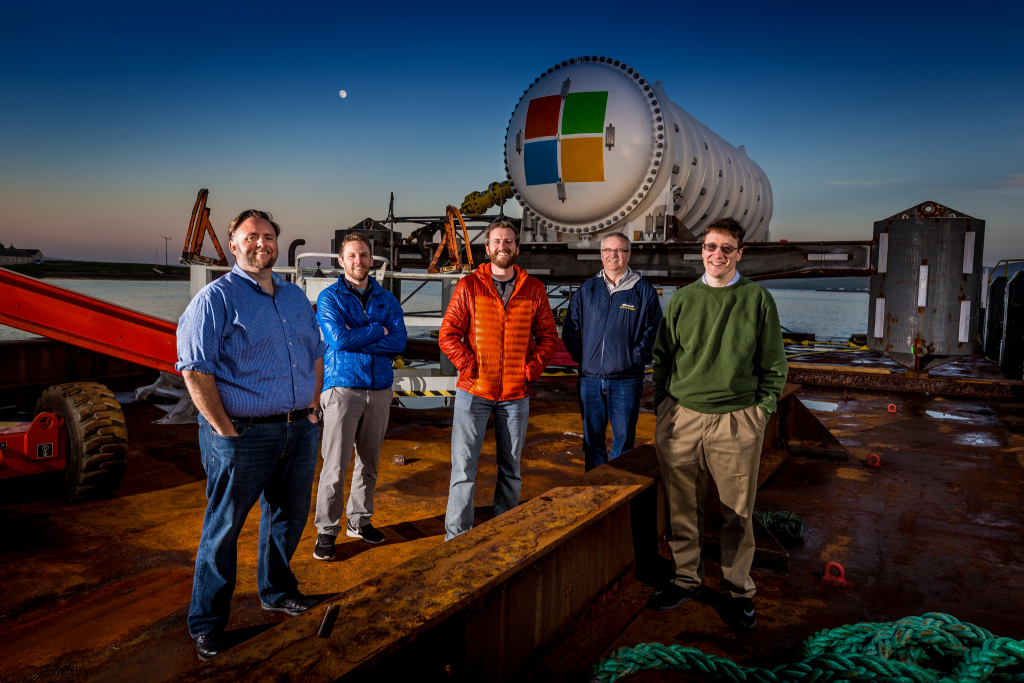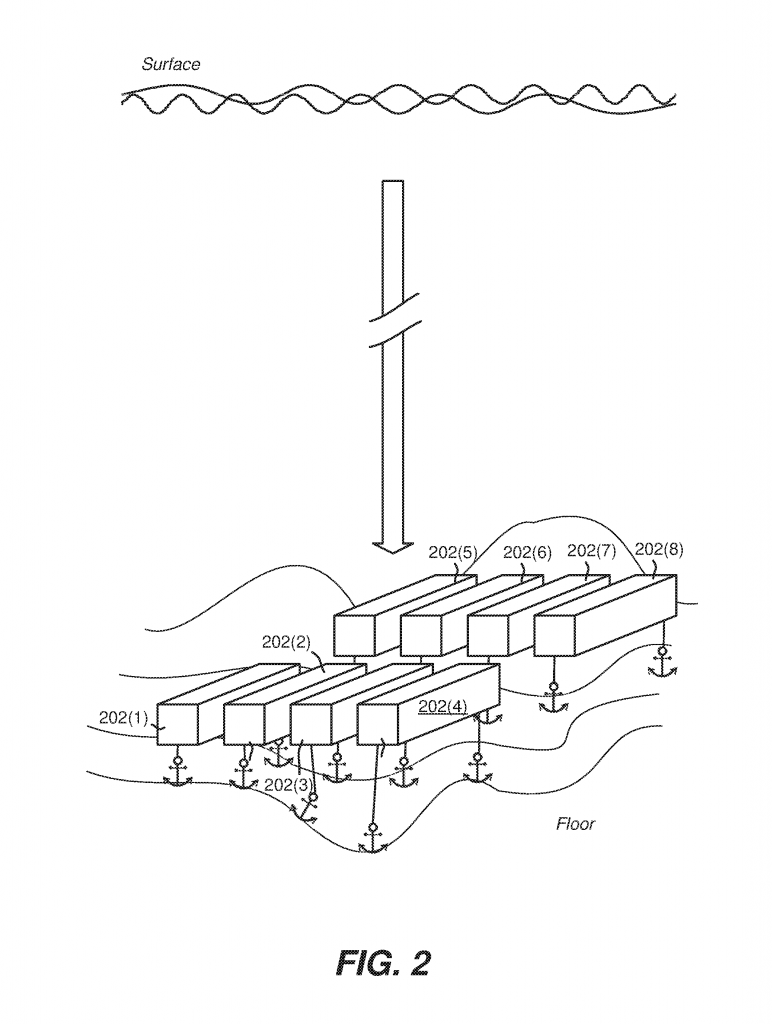Microsoft Corporation, the technology giant based in Washington, is a multinational company responsible for everything from personal laptops and phones to software and licenses. Oh – and did I mention underwater datacenters? Those too.
In 2013, a team of five embarked on a project known as Project Natick. They began to develop the plans of building an underwater data center where computer systems, telecommunications, and storage systems could be housed. Generally, these data centers are on land and they look similar to the one below. They generate a lot of heat from the constant stream of electricity and are responsible for the operation of our hundreds of thousands of devices.

But the underwater datacenters that Microsoft began investing research and money into are different in three main ways: where they are located, how accessible they are, and where they get their energy from.
The ocean covers over 72 percent of the Earth’s surface, and with almost 2.4 billion people living within 6o miles of a coast, that makes for a lot of populations potentially impacted. Microsoft’s experimental technology division, known as New Experiences and Technology (NExT), is hoping to revolutionize the places we store data to dramatically speed up web speeds, video streaming, live gaming and enhance AI technologies.

The goal is to “develop self-sufficient underwater datacenters that can deliver lightning-quick cloud services to coastal cities”, according to a news dispatch by Microsoft.
The deployment of the Northern Isles datacenter at the European Marine Energy Centre marks a milestone in Microsoft’s Project Natick, a years-long research effort to investigate manufacturing and operating environmentally sustainable, prepackaged datacenter units that can be ordered to size, rapidly deployed and left to operate lights out on the seafloor for years.
John Roach for Microsoft in 2018
The benefits of having datacenters underwater could be numerous and environmentally friendly — if successful. The coast is a place of renewable energy, where tides, waves, solar, and wind energy can be used to power a datacenter that requires a lot of energy. Also, while many companies are moving their centers to colder countries to combat the heat that accompanies that massive power use of so much data, underwater datacenters could be significantly colder, and therefore use less electricity. They can also be built in 90 days versus the two years that land systems normally take and could lower emissions for a growing industry responsible for 2 percent of annual carbon dioxide emissions.

Phase One of their project began in California, where a 30-foot cylinder was dropped off the coast of California for 105 days.
Phase Two however began in 2018 off the coast of Scotland and has been developing ever since. This phase features a 40-foot cylinder with 864 computer services (which is the equivalent of 5 million movies), according to their project page. The hope is that this system can rest nearly 120 feet from the surface of the ocean and remain effective for 5 years without interference, like maintenance activities.
What have they learned in a year? Beyond the addition of a live camera to document interactions with marine life, the datacenter consumes around 240 KW of electricity. The thinkers of the project also want it to be 100% renewable: using 100 percent renewable energy, made from recycled materials, and recyclable at the end of the five years. The AI monitoring equipment and live camera are thus utilized to measure how this datacenter prototype is affecting its aquatic ecosystem. The project was set to run for 12 months, meaning this underwater computer system is expected to resurface this summer. And while many companies are looking to Microsoft to examine their results, others express concern that not only is the ocean being taken advantage of for its heat exchange characteristics in a warming world, but that this research still views heat from energy use as a waste product to mitigated rather than a by-product to be utilized.
Check out more information about the project on their website here and watch the livestream here!
 Food
Food Farmers
Farmers Sustainable Living
Sustainable Living Living Planet
Living Planet News
News